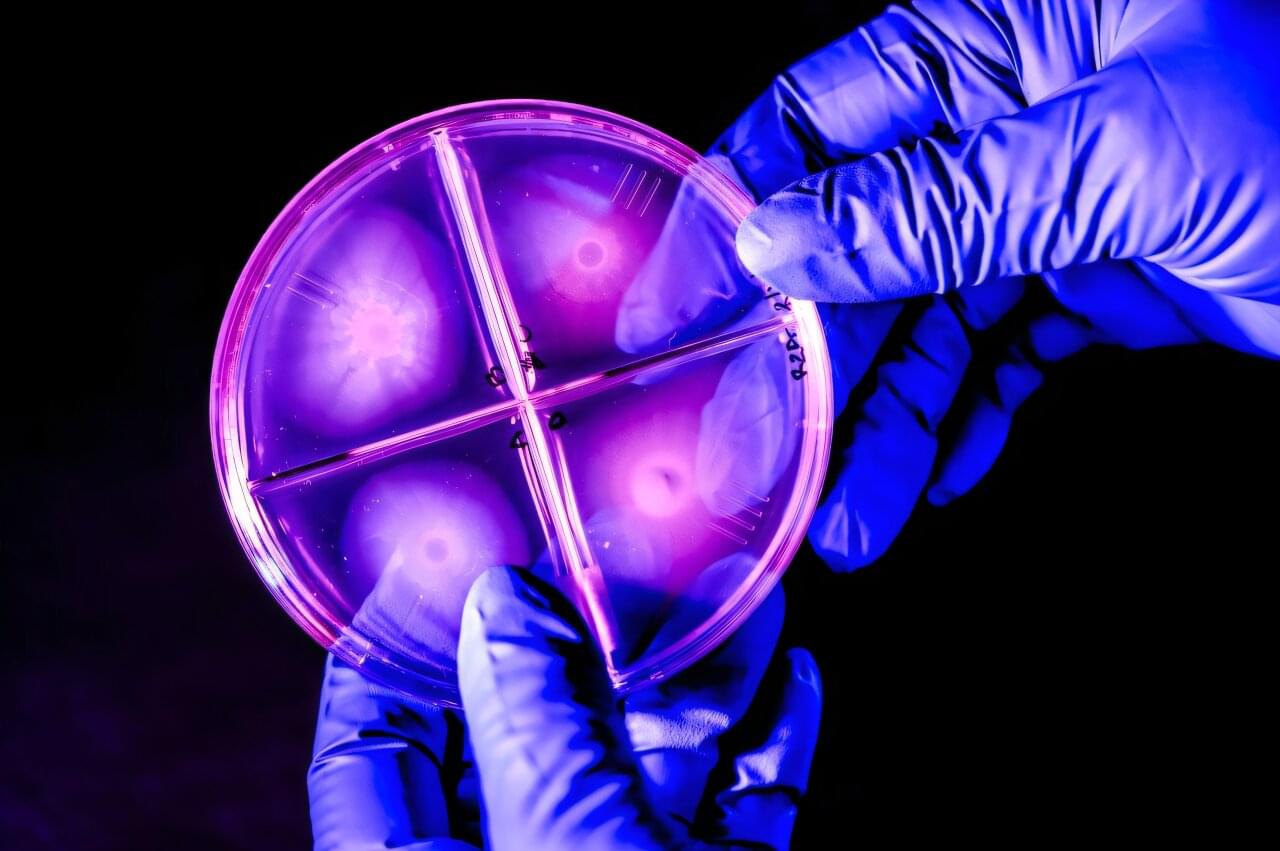After many years, fans finally took porting Sonic Unleashed to PC into their own hands — and opened the floodgates behind them.
Category: futurism – Page 143


Biofuturistic world 13
Biofuturistic world 13.1 Created and imagined by @theimagehs Music: sl9dge.
Join Our Science Fiction Community Follow 👉@theimagehs Follow 👉@futuristic_fantasy_33
📽️Credits: @theimagehs All credits and rights are reserved for @theimagehs DM for removal.

Autonomous rescue machines are deployed to save survivors from a crashed transport ship buried in the desert
By @metronovon.
For More Please Visit and Follow 👉 @metronovon Join Our Community Follow 👉@futuristic_fantasy_33
📽️Credits: @metronovon All credits and rights are reserved and belong to @metronovon DM for removal.
Live with Kevin Kelly on AI, humans and the future
I was live with Kevin Kelly earlier today.
US LASER Weapons STOP China Hypersonic Missiles In 1 SEC!
Science fiction writer and historian HG Wells spoke of heat ray in war of the world’s.
The US-China rivalry has brought the future into today and weapons that were impossible to build before have become a reality — all in a bid to destroy each other. Laser weapons and hypersonic missiles — weapons only seen in sci-fi movies, are now fitting up to be the weapons of choice in a future conflict that could destroy the world as we know it. Which weapon will come out on top? In this video, we’ll find out — as it could be the single greatest indicator of which country would win in the race for world dominance between the US and China.
Technofeudalism Is Here—And You’re Already Trapped Inside It
What is technofeudalism? How does it affect us? And why is it important to talk about it?
Video: technofeudalism is here—and you’re already trapped inside it.
Support the channel:
✔️ Patreon: https://www.patreon.com/einzelgangster.
✔️ PayPal: https://www.paypal.me/einzelgangerco.
🎞️ Animations and thumbnail art by Munkaa:
https://www.youtube.com/user/jus7y.
Books: (affiliate links):
📖 The Urge: Fall of a Stoic: https://amzn.to/3Yc77Kw.
📖 Stoicism for Inner Strength: https://amzn.to/3rZU0xL
📖 Stoicism for Inner Peace: https://amzn.to/3e6myLX
📖 Loose: On Letting Stuff Go: https://amzn.to/3QVfrqM
📖 Unoffendable: https://amzn.to/35e23a5
Merchandise:

Patagonian ‘living rocks’ trace their origins to the beginning of life on Earth
In the Patagonia region of southern Chile, there are “living rocks.”
While that’s what the locals say, Veronica Godoy-Carter, associate professor of biology and biochemistry at Northeastern University, says it’s a little more complicated than that.
“They’re actually little mountains,” she says, of “giant biofilms that are billions of years old. Literally billions.”
Scientists make fascinating discovery after playing back recordings taken deep in the jungle: ‘An important first step’
Researchers made an astonishing discovery about leopards by identifying them with their unique, sawing roars.
